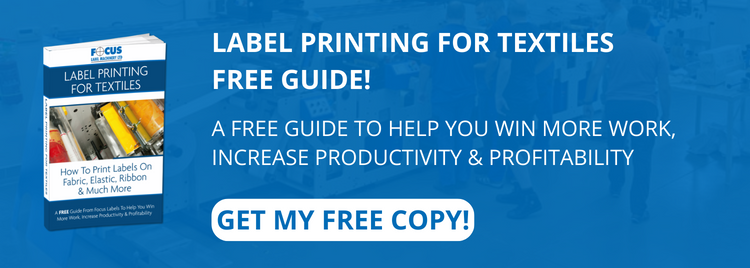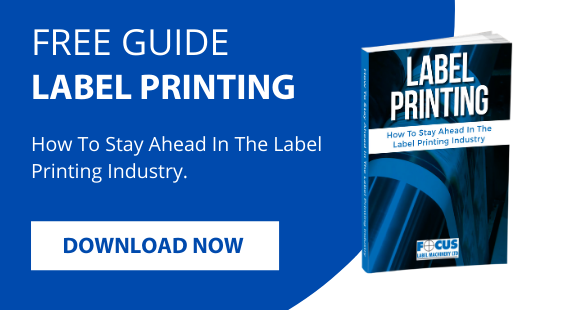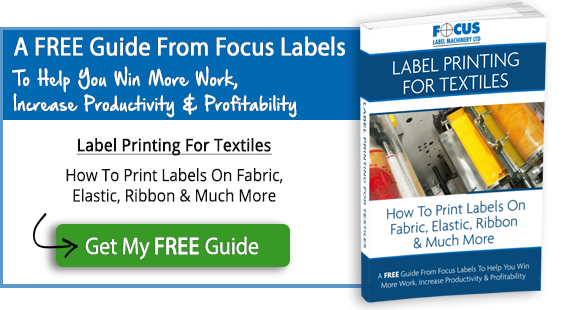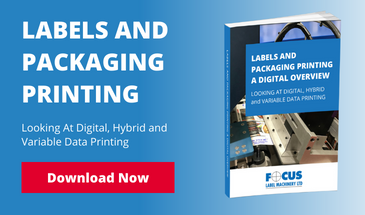
For the past 20 years the print technology sector has developed along several trajectories. First there was the growth of automated, computerised features and a decline in labour-intensive, manually operated presses. Then there is the interaction between digital and traditional flexographic technologies. A new generation of so-called hybrid presses has sought to bridge the gap between the cost effectiveness of flexographic presses for large print runs and the convenience of digital technology.
More recently 3-D printing is also having a big effect on the way companies think & do business in the future, with a completely new market of products and innovative new equipment becoming available to service this field.
This, more or less, is the state of print technology in mid-2017. In businesses around the country you will find any combination of these options. It is an exciting time to be in the print industry!
Digital Uptake Among Our UK Market
For our customers in the paper & packaging and textile industry, the year-on-year trend towards further digitisation continues. Globally, the number of print runs produced on digital or inkjet equipment is set to grow by 36% year-on-year until at least 2020, according to research company IT Strategies.
A diminishing band of label printers still use mechanical, ageing Flexo presses from the late 1990s or the early part of this century (although they are being gradually superseded by newer improved models). These machines have few, if any automation systems and their user interfaces are frequently basic. For example, not many presses built before 2004 will have an integrated user display screen or the ability to save settings for repeat orders.
A gradual change to the latest Flexo equipment with quick change & rapid set up features ensures a company keeps pace with an ever changing market & demand for shorter runs with faster turnarounds. Keeping competitive is the key to maintaining a healthy business.
At the other end of the scale, some printing businesses have switched over entirely to digital production. This has engendered a radical transformation in the way these companies do business. The versatility of digital presses allows such companies to take on a wide range of orders, while their limitations have driven down the average size of print runs across the industry.
Most print businesses fall somewhere between these two extremes; using a mixture of flexo and digital technology, and replacing equipment incrementally as it becomes obsolete. The ability to identify the most efficient & cost effective print solution is key.
Insights From The Drupa Global Trends Survey
Despite their limitations, flexographic presses still account for the majority of global print runs. The Drupa Global Trends survey of 2016 showed that only 27% of print businesses made over 25% of their turnover on digital presses. If this figure seems low, it is because it reflects averages across the print industry. In specific sectors, the move towards digital is more striking. For functional printing businesses, digital inkjet presses are the dominant technology for most companies (74% in 2016). The same survey revealed that 50% of wide format and commercial print jobs were executed on digital equipment in 2016 – an even split. In the packaging print sector, however, flexography retains its crown, with only 34% of companies earning 25% or more of their turnover on digital presses. This reflects the high volume print runs which are still the norm in packaging printing.
The picture painted by these statistics is open to interpretation, but for us it is clear that digital and Flexo presses are both still highly valued by print businesses for their unique strengths. The increased cost of digital capital investment has reduced average profit margins in some sectors, which needs to be offset by the increased capacity offered by Flexo presses. Clearly, hybrid presses – inkjet engines with many of the features traditionally associated with Flexo presses – play an important role in bridging the gap between productivity and cost.
InPrint Munich 2017
An interesting marker of developments in print technology will be the next Industrial Print (InPrint) Expo, due to be held in Munich in November 2017. An impressive list of global exhibitors will be demonstrating new print and control technologies. These include advances in:
- Functional electronics printing, including circuit boards, TVs, decals etc.
- Personalised textile printing.
- Decorative surface printing.
- Car dashboard printing.
- Direct to shape printing e.g. for curved jars.
- Decorative tile printing.
For the paper, packaging and textile printing industry, the biggest changes involve applications that allow mass customisation of large print runs, with frequent design changes. The trend towards shorter design-to-production cycles is also set to continue. These technologies will allow businesses to quickly respond to evolving markets and meet the changing needs of customers. When combined with the growth of direct surface printing for plastics and textiles, the opportunities for printing businesses are immense.
Labelexpo Europe 2017 (September)
This show sets out the trends directly affecting label manufacturers for the next 2 years. The show will cover elements from Substrates, Inks, Roll Handling, Waste recycling, reprographics through to new Press designs. All the major Press manufacturers will be showcasing the latest improvements in traditional equipment as well as Digital integrated equipment. Importantly there will be industry experts providing Seminars & open forum discussions on the state of the print business today and the direction it is following tomorrow.
Committed To Innovation
At Focus we remain committed to designing cost-effective, innovative print solutions that meet the diverse needs of a changing industry. Our expanding range of inkjet, Flexo and hybrid presses seek to accommodate the sector’s growing need for automation and personalisation, while retaining the efficiency and cost effectiveness for which the industry has long been known.
If you would like to discuss the latest print technology trends and how they affect your business, please give us a call on 01949 836 223.







